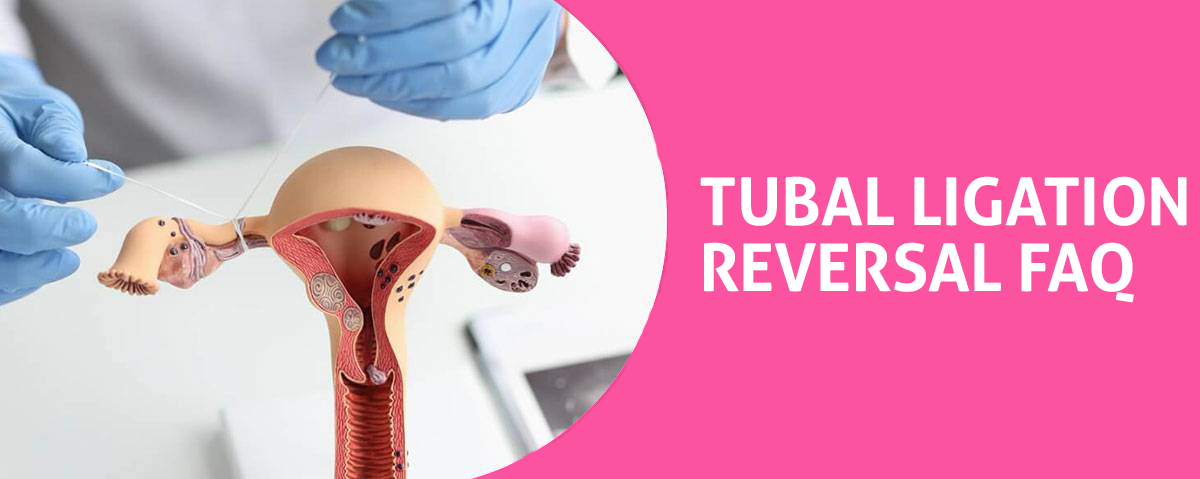How Common Is Recanalization After Tubal Ligation?
Ironically, you’d think a ‘permanent’ procedure like tubal ligation would be, well, permanent. But it’s not always. Sometimes, your body can reverse it through a process called recanalization. You’re probably wondering how often this happens. Let’s delve into the nitty-gritty of tubal ligation, understand what recanalization is, explore its incidence rates, and identify factors that influence it. It’s a fascinating, complex topic, so let’s dive right in.
The Process of Recanalization
Now, you might be wondering what exactly happens during tubal recanalization, that rare event following ligation where the tubes can rejoin. In simple terms, recanalization is a healing process where the body attempts to restore its original state. After tubal ligation, in rare cases, the body gradually forms a new channel or pathway between the severed ends of the tubes. This is influenced by various factors, including the recanalization techniques used and the healing timeline. Evidence suggests that the probability of recanalization is higher with techniques that cause less tubal damage, thus leaving more tissue for potential recanalization. As for the healing timeline, it’s quite unpredictable and varies significantly among individuals. Therefore, while recanalization is uncommon, it’s not impossible.
Incidence Rates of Recanalization
You’re probably curious about the actual incidence rates of recanalization after tubal ligation. According to recanalization statistics, the incidence varies between 1.3% and 1.8%. These numbers might seem small, but considering the number of women who undergo this procedure, the absolute number isn’t negligible.
Comparative studies further illustrate this point. A study comparing different ligation methods found that the clip method has a lower recanalization rate than the coagulation method. This suggests that the surgical technique used greatly influences the likelihood of recanalization.
These statistics highlight the need for women to fully understand the potential of recanalization post-tubal ligation. It’s essential to discuss with your healthcare provider about the method to be used and its associated risks.
Factors Influencing Recanalization
Several factors can influence your chances of recanalization after tubal ligation. Recanalization risks can be significantly impacted by the surgical techniques used. Procedures that involve the removal of a larger section of the tube or that cause more extensive damage to the tubes, such as fimbriectomy, have a lower risk of recanalization. Similarly, surgical procedures that use a double ligation technique can decrease the risk of recanalization.
Age also plays a role. Younger women have a higher risk of recanalization due to the increased regenerative capacity of their tissues. Furthermore, the time since the procedure was performed also influences the chances of recanalization, with the risks decreasing over time. Therefore, understanding these factors can help inform your decision-making around tubal ligation and its potential risks.
Other Popular Questions About Tubal Ligation Reversal:
How Dangerous Is Tubal Ligation?
How Common Is Weight Gain After Tubal Ligation?
How Common Is Tubal Ligation Failure?
How Common Is Regret After Tubal Ligation?
How Common Is Recanalization After Tubal Ligation?
How Common Is It to Get Pregnant 7 Years After a Tubal Ligation?
How Can You Tell if Your Tubal Ligation Failed?
How Can You Still Have Periods After Tubal Ligation Anatomy?
How Can You Have a Period After Tubal Ligation?
How Can I Tell What Type of Tubal Ligation I Had?
How Can I Reverse Tubal Ligation?
How Can I Prevent Early Menopause After Tubal Ligation?
By using this webiste you agree to Terms and Conditions
